Digitized books in the Benson’s Rare Book Collection encompassing a wide variety of topics relating to Spanish and Latin America, including literature, histories, travel accounts, and secondary sources.
Benson Rare Book Collection (Primary Sources)
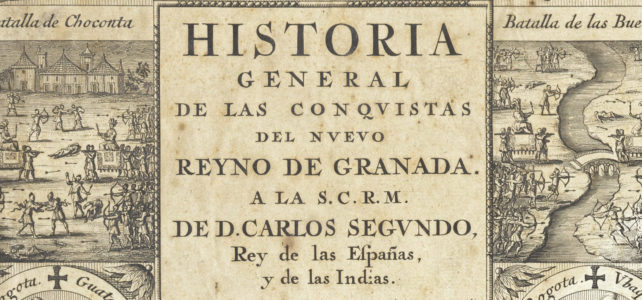


Digitized books in the Benson’s Rare Book Collection encompassing a wide variety of topics relating to Spanish and Latin America, including literature, histories, travel accounts, and secondary sources.

The Royal Archive of Cholula contains the documentation of the old Corregimiento of Cholula, one of the nine “Cities of Indians” that existed in New Spain. This colonial institution functioned as a district seat and had the powers of government, law, finance, and war over Indigenous villages and the Spanish, Black, Mestizo, and Creole populations.
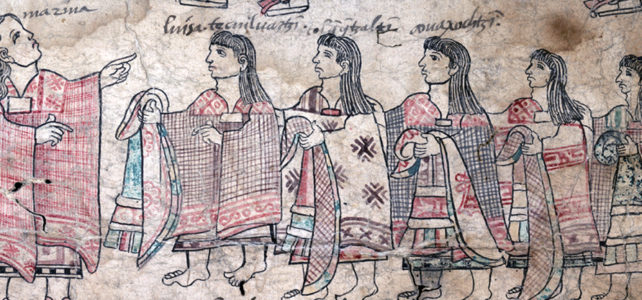
Students will learn about how Indigenous and Spanish women navigated Spanish colonization and patriarchy in Latin America. This unit explores women’s agency through the figures of Malintzin (Malinche), Sor Juana Ines de la Cruz, and Catalina de Erauso.
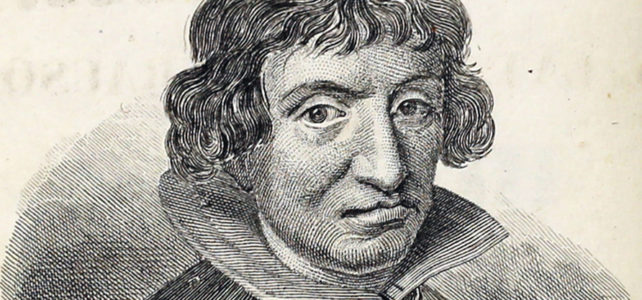
Students will learn about the Mapuche, their worldview, lifestyle, and resistance. Through primary sources, they will analyze the day-to-day life of Spanish women in the Araucarian wars, such as Catalina de Erauso, also known as Alonso Diaz. They will find more information to consider how women used the legal and societal conventions to defy gender identity in colonial Latin America.

In this lesson, students will identify the main events in the life of Sor Juana Ines de la Cruz and analyze how the historical context shaped her life. Students will discuss women’s ability to make decisions in colonial Mexico through Sor Juana’s biography, her poem, You Foolish Men, and artwork inspired by her.

The exhibition focuses on three distinct moments when maps played an integral role in the transformation of Mexico and its political geography. In the sixteenth century, early colonial pictographic maps drawn by indigenous artists reflect the growth of Spanish colonial administration. In the eighteenth century, new maps of Mexico’s principal cities serve as both representations and instruments of the viceregal government’s efforts to re-order and regulate Mexican social life and public spaces. In the nineteenth century, maps are central to the military struggle for independence and the defense of contested national borders.

Through an experiential learning format, this 6-week plan is divided in three segments, each corresponding to the steps of the development of a digital project: theory, design and building of digital product, and public outreach. It has been designed to incorporate digital praxis into your courses, and move from theory to praxis.
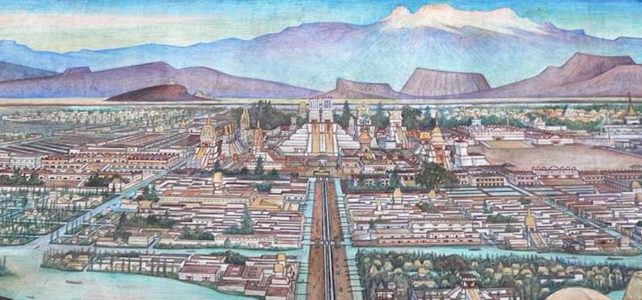
Lesson helps students build on prior learning about indigenous civilizations in Mexico to evaluate how the encomienda system connects to the later casta system, and to compare and contrast colonialism of 1490’s with U.S. imperialism in early 1900’s, using a Venn diagram.
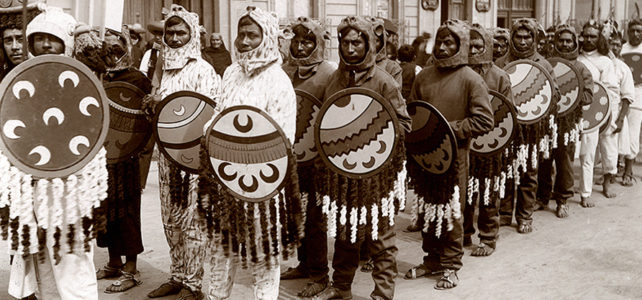
This unit aims to critically examine the ways colonization shaped Mexico, particularly in the years leading up to the Mexican Revolution. By analyzing the colonial system of encomienda and its postcolonial manifestation of casta, students will be able to understand the complex and racialized power dynamics contributing to the increased poverty and disenfranchisement of peoples across Mexico.